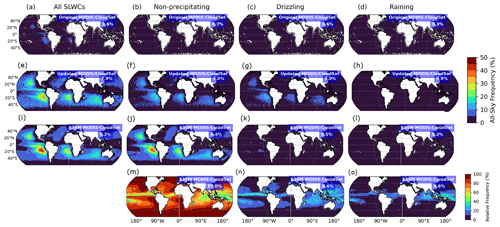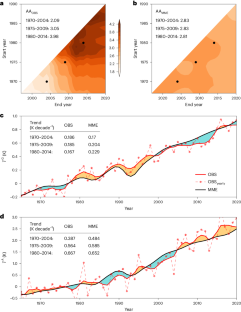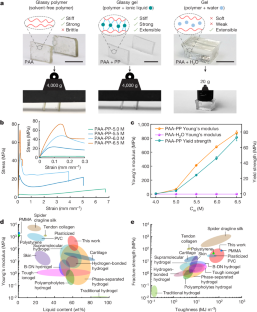2024-06-14 パシフィック・ノースウェスト国立研究所(PNNL)
<関連情報>
- https://www.pnnl.gov/publications/satellite-observations-constrain-model-aerosol-forcing-uncertainty-due-raindrop
- https://acp.copernicus.org/articles/24/5287/2024/
衛星観測から推定される液滴捕集効率がエアロゾルと雲の相互作用の有効放射強制力を制約する Droplet collection efficiencies inferred from satellite retrievals constrain effective radiative forcing of aerosol–cloud interactions
Charlotte M. Beall, Po-Lun Ma, Matthew W. Christensen, Johannes Mülmenstädt, Adam Varble, Kentaroh Suzuki, and Takuro Michibata
Atmospheric Chemistry and Physics Published:07 May 2024
DOI:https://doi.org/10.5194/acp-24-5287-2024

Abstract
Process-oriented observational constraints for the anthropogenic effective radiative forcing due to aerosol–cloud interactions (ERFaci) are highly desirable because the uncertainty associated with ERFaci poses a significant challenge to climate prediction. The contoured frequency by optical depth diagram (CFODD) analysis supports the evaluation of model representation of cloud liquid-to-rain conversion processes because the slope of a CFODD, generated from joint MODerate Resolution Imaging Spectroradiometer (MODIS)-CloudSat cloud retrievals, provides an estimate of cloud droplet collection efficiency in single-layer warm liquid clouds. Here, we present an updated CFODD analysis as an observational constraint on the ERFaci due to warm rain processes and apply it to the U.S. Department of Energy’s Energy Exascale Earth System Model version 2 (E3SMv2). A series of sensitivity experiments shows that E3SMv2 droplet collection efficiencies and ERFaci are highly sensitive to autoconversion, i.e., the rate of mass transfer from cloud liquid to rain, yielding a strong correlation between the CFODD slope and the shortwave component of ERFaci (ERFaciSW; Pearson’s R=-0.91). E3SMv2’s CFODD slope (0.20 ± 0.04) is in agreement with observations (0.20 ± 0.03). The strong sensitivity of ERFaciSW to the CFODD slope provides a useful constraint on highly uncertain warm rain processes, whereby ERFaciSW, constrained by MODIS-CloudSat, is estimated by calculating the intercept of the linear association between the ERFaciSW and the CFODD slopes, using the MODIS-CloudSat CFODD slope as a reference.



